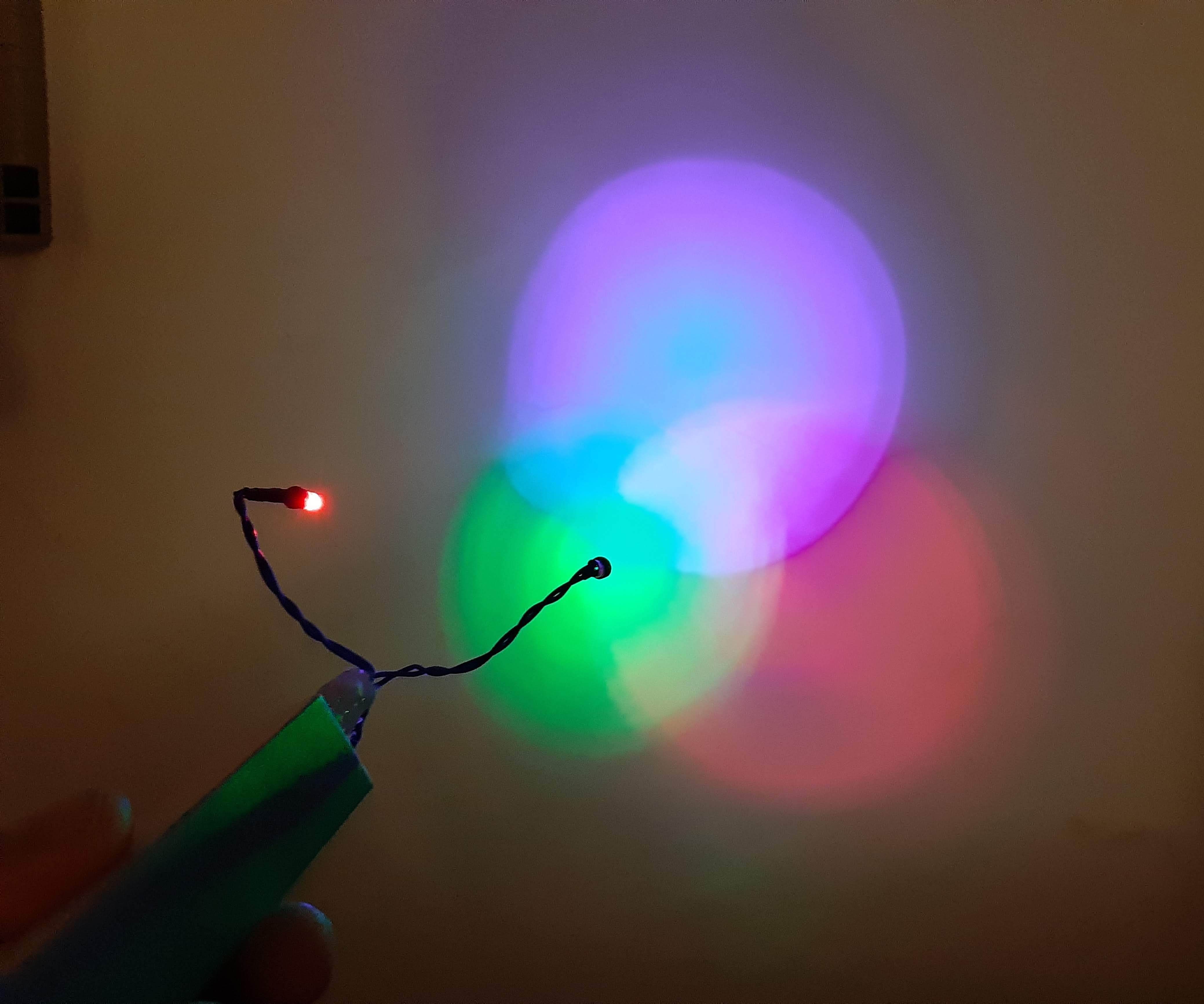I thought the concept of light color blending was interesting because it’s so different from color blending with paint, the more commonly thought of medium. I am also very interested in stained glass, which has an aspect of color blending when the light goes through to project colors.

I learned there are two different types of color blending: Additive and Subtractive.
Starting with additive color, this is the more common color model, considered RGB. This is used in cameras, televisions, phones, and computers. It’s starts with black as the base color and adds red, green and blue light to produce the visible color specturm. If you combine all three colors equally you’ll be left with white light.

Subtractive color is using reflected light to create colors. Therefore it starts with a white light as the base, opposed to the black starting background for additive. The colors used with subtractive blending are cyan, yellow, magenta and black, which get referred to as CMYK. As each color gets added, the result gets darker and darker until it reaches black (a very dark brown). This method is most commonly used with printers since you are printing onto a white background.

The main difference being the central color you get when combining all of the different colors.

It’s also good to notice that usually additive light is differently colored lights overlapping while subtractive is filters over a white light that is shining through them.